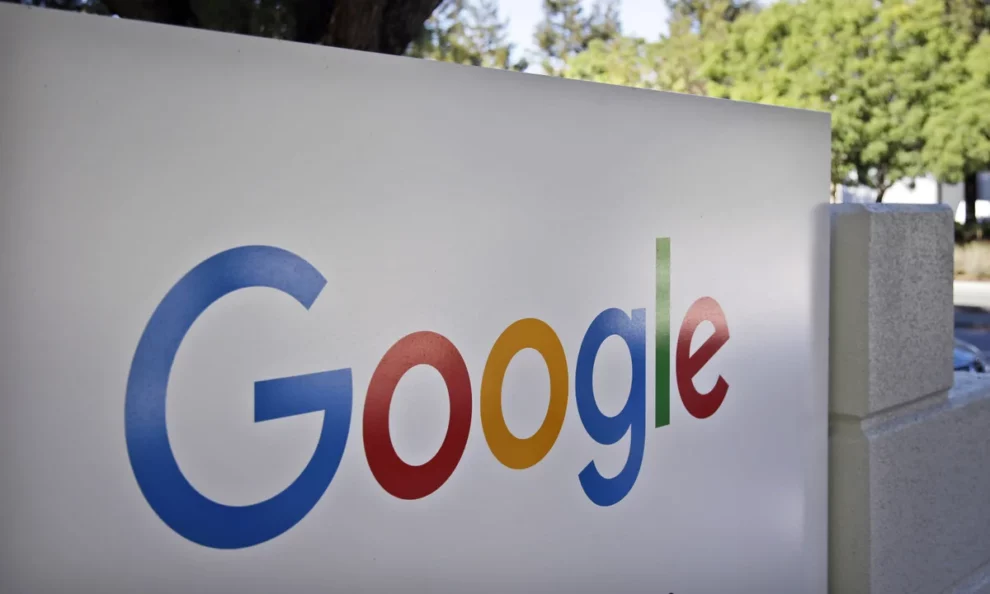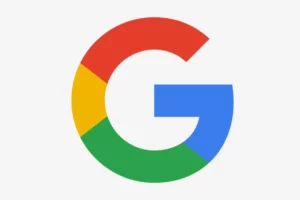In the digital age, the spread of fake news and misinformation poses a significant threat to societies worldwide. As one of the largest technology companies, Google shoulders a substantial responsibility in combating these challenges. From its search engine to its news aggregation platforms, Google operates in an environment where false information can proliferate rapidly. However, the company has implemented a robust arsenal of tools and strategies to address this issue. This article explores how Google tackles fake news and misinformation, examining its internal defenses, external collaborations, and the broader implications for users and businesses.
The Scope of the Problem
Fake news and misinformation encompass a wide range of false or misleading content, from fabricated stories to manipulated images and videos. These falsehoods can originate from various sources, including malicious actors, politically motivated groups, and even well-meaning individuals sharing unverified information. The consequences are severe: misinformation can sway public opinion, distort facts, and even incite violence.
Google’s role as a gatekeeper of information makes it a prime target for those seeking to spread falsehoods. Its search engine processes billions of queries daily, making it a fertile ground for fake news to propagate. Similarly, its YouTube platform hosts millions of videos, many of which can inadvertently or deliberately spread misinformation. Addressing these challenges requires a multi-pronged approach, combining technical expertise, strategic foresight, and collaboration with external partners.
Google’s Internal Defenses: A Multi-Layered Approach
Google’s fight against fake news and misinformation begins within its own walls. The company employs a multi-layered defense strategy to safeguard its platforms and users. Here’s a closer look at how it achieves this:
Advanced Fact-Checking Tools
Google has integrated advanced fact-checking tools into its search engine and news aggregation services. These tools leverage databases from reputable fact-checking organizations, such as Snopes, FactCheck.org, and PolitiFact, to verify the accuracy of claims. When a user searches for a topic, Google’s algorithm checks the content against these databases and labels it accordingly. For example, if a search query returns results flagged as disputed or false, Google highlights this information prominently.
Machine Learning and AI
Machine learning and artificial intelligence (AI) play a critical role in detecting and mitigating misinformation. Google’s algorithms analyze vast amounts of data to identify patterns associated with false information. For instance, AI models can detect suspicious spikes in traffic to certain websites or sudden increases in engagement with specific content. These anomalies often indicate coordinated disinformation campaigns.
Editorial Oversight
Google employs editorial teams to review flagged content and make informed judgments about its veracity. These teams work closely with fact-checkers and subject-matter experts to ensure that decisions are grounded in evidence. While automation is essential, human oversight remains crucial for complex cases where context and nuance are critical.
Content Moderation
Content moderation is another pillar of Google’s strategy. The company uses a combination of automated systems and human moderators to review flagged content. This approach ensures that problematic material is removed quickly while minimizing the risk of over-censorship. For example, Google’s YouTube community guidelines prohibit hate speech, harassment, and violent content, and its moderation teams enforce these rules rigorously.
Google’s External Contributions: Collaborating for Impact
While Google’s internal defenses are crucial, the company also plays a vital role in protecting the broader web. Through partnerships, research, and open-source initiatives, Google contributes to the global fight against fake news and misinformation.
Google News Initiative
The Google News Initiative (GNI) is one of the company’s most visible efforts to combat misinformation. Launched in 2018, the GNI aims to strengthen journalism and empower news organizations to fight disinformation. The initiative provides funding, training, and tools to help journalists verify facts, identify sources, and produce high-quality content.
For example, the GNI has supported projects like the First Draft Coalition, which trains journalists and educators on detecting and debunking misinformation. Similarly, the GNI has funded initiatives to enhance media literacy among students and the general public, equipping them with the skills needed to critically evaluate information.
Jigsaw and Countering Disinformation
Jigsaw, a subsidiary of Alphabet (Google’s parent company), focuses on countering disinformation and other global challenges. Through its Redirect Method, Jigsaw redirects users searching for extremist content to credible, fact-based resources. This approach disrupts recruitment efforts by extremist groups and provides users with accurate information instead.
Jigsaw also develops tools like Asymmetric Warfare Group, which helps organizations detect and respond to disinformation campaigns. These tools leverage AI and data analytics to identify patterns and trends in misinformation, enabling proactive interventions.
Open Source Contributions
Google actively contributes to the open-source community, releasing tools and frameworks that enhance the fight against misinformation. For example, the TensorFlow library for machine learning has been adapted for content moderation, while the FactKit project helps developers build custom fact-checking tools. These contributions empower others to build more secure and reliable platforms.
The Role of User Education
No defense is foolproof, and user education plays a critical role in mitigating the spread of misinformation. Google recognizes this and invests in initiatives to educate its users about best practices. Here are some key efforts:
Fact-Checking Labels and Prompts
Google Search and YouTube now include fact-checking labels and prompts to help users verify information. When a search query returns results flagged as disputed or false, Google highlights this information prominently. Similarly, YouTube provides cards and annotations to direct users to credible sources.
Media Literacy Programs
Google partners with educational institutions to promote media literacy. These programs teach students how to evaluate sources, identify bias, and recognize misinformation. By empowering the next generation with critical thinking skills, Google helps create a more informed and resilient society.
Transparency Reports
Google publishes transparency reports detailing its efforts to combat misinformation. These reports provide insights into the company’s policies, enforcement actions, and challenges faced. Transparency fosters trust and accountability, ensuring that users understand how their data is being handled.
The Future: Emerging Trends in Fighting Misinformation
As technology evolves, so too must Google’s strategies for combating misinformation. Here are some emerging trends shaping the future of this fight:
AI-Powered Verification
AI-powered verification tools are becoming increasingly sophisticated. These tools can automatically detect manipulated images, videos, and audio files, flagging them for review. Google is investing in these technologies to enhance its ability to identify and neutralize misinformation.
Blockchain for Traceability
Blockchain technology offers a promising solution for traceability. By recording content creation and distribution histories on immutable ledgers, blockchain can help verify the authenticity of information. Google is exploring ways to integrate blockchain into its verification processes.
Collaborative Platforms
Collaborative platforms bring together governments, NGOs, and tech companies to address misinformation collectively. These platforms foster information sharing, coordinate responses, and develop standardized practices for combating disinformation.
Conclusion: A Collective Effort
Google’s fight against fake news and misinformation is a testament to its commitment to user safety and truthfulness. Through advanced fact-checking tools, AI-driven detection systems, and extensive external collaborations, the company demonstrates its dedication to protecting the digital ecosystem. However, no single entity can shoulder this burden alone. Misinformation is a global challenge that requires collective effort.
For users, staying informed and adopting best practices is essential. Regularly verifying sources, critically evaluating information, and participating in media literacy programs can significantly reduce the risk of falling victim to misinformation. For businesses, investing in robust verification processes and fostering a culture of transparency is crucial for long-term success.
As technology continues to evolve, so too must our strategies for combating misinformation. Google’s leadership in this space provides a roadmap for others to follow, inspiring confidence in a safer digital future. The journey ahead is filled with challenges and opportunities, and the future belongs to those who dare to innovate responsibly.
















Add Comment